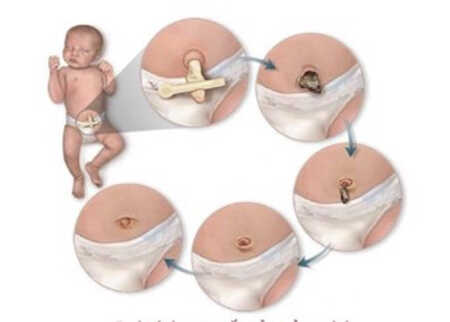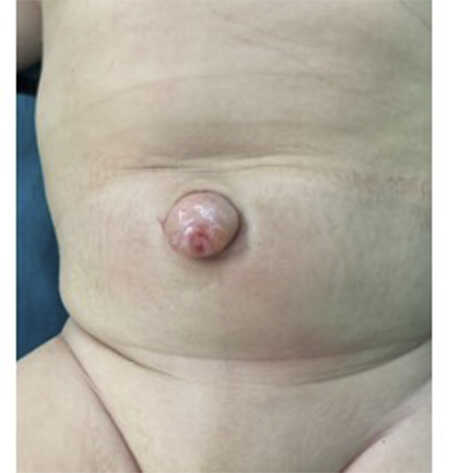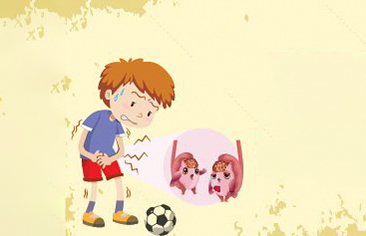1. The process of umbilical cord detachment in infants
- While the baby is still in the mother’s womb, the umbilical cord is the “pathway” for transferring nutrients between the mother’s body and the baby. Immediately after birth, the umbilical cord will be clamped and cut.
- Initially, the umbilical cord is bright, shiny, and yellow, when dried, it turns gray, brown, or even green. Between 5 to 15 days after birth, the base of the umbilical cord will dry, turn black, and fall off.

Illustrative image (Source: Internet)
- The umbilical stump will completely heal 7 to 10 days after falling off.
- Until the umbilical stump is completely healed, parents need to pay attention to care, check, and maintain hygiene to prevent infection.
2. Unusual signs of the umbilical cord that parents should know
A normal umbilical cord can be cared for and monitored at home:
- After the umbilical cord falls off, if you notice 1 to several drops of blood without any other unusual signs, this is normal, and parents should continue to care for and monitor their baby. However, if bleeding continues, parents should take the baby to a medical facility for examination.
- If the umbilical cord appears wet without accompanying symptoms such as: foul odor, redness, swelling, fever, and other signs of inflammation. Parents should clean the umbilical cord for the baby daily with 70% alcohol and continue to monitor.
Unusual signs of the umbilical cord that parents should take the baby to a medical facility for examination:
– Umbilical cord inflammation: may begin 2 to 3 days after birth
- Bleeding from the base of the umbilical cord
- Abnormal discharge from the base of the umbilical cord
- Foul odor from the umbilical cord
- Redness around the umbilical stump and the surrounding skin, hardening
- Fever
- Refusal to feed, fussiness

– Umbilical granuloma: is a benign abnormality, commonly seen in newborns. Umbilical granulomas are red in color, soft on the surface, and do not have a duct. Umbilical granulomas usually have a stalk and may secrete a small amount of serous fluid.

Illustrative image of umbilical granuloma (Source: Internet)
– Umbilical polyp: is a firm, red mass, they tend to be larger than umbilical granulomas and may require surgical intervention.

Illustrative image of umbilical polyp (Source: Internet)
- Urachal cyst: is a tube extending from the bladder to the umbilicus and occasionally leaks urine.
- Vitelline duct remnant: is the remaining duct between the ileum and the umbilicus. Manifestations may include bile or stool leaking from the umbilicus.

Illustrative image of vitelline duct remnant (Source: Internet)
– Umbilical hernia: caused by defects in the abdominal wall, organs protrude when the baby strains or cries, forming a mass at the umbilicus, covered by skin, mobile in size, changing with stimulation.

Illustrative image of umbilical hernia (Source: Internet)
Neonatal Center
Vietnam National Children’s Hospital



